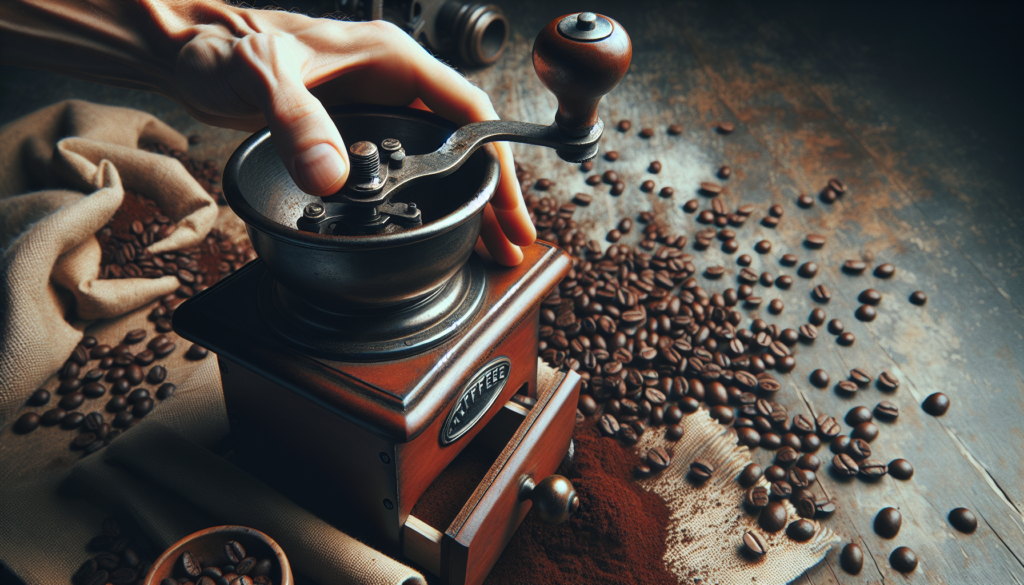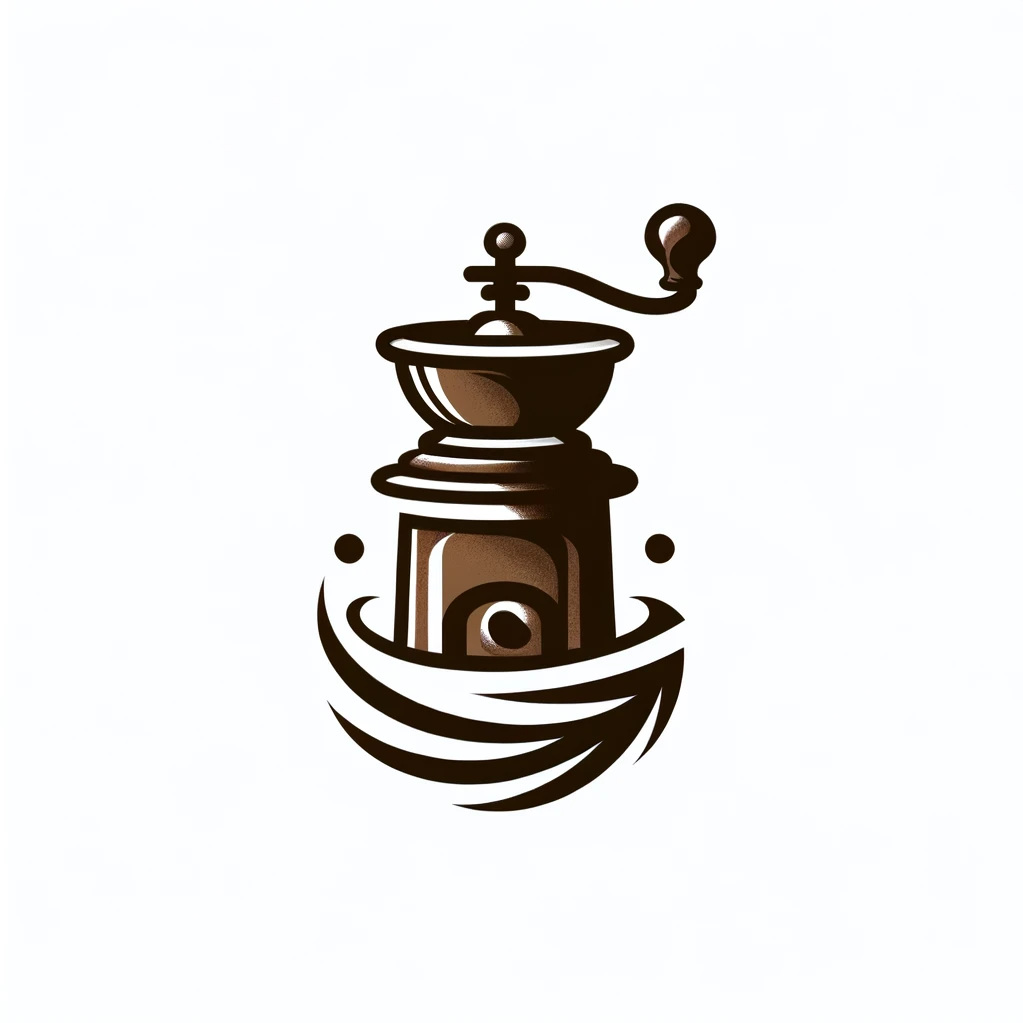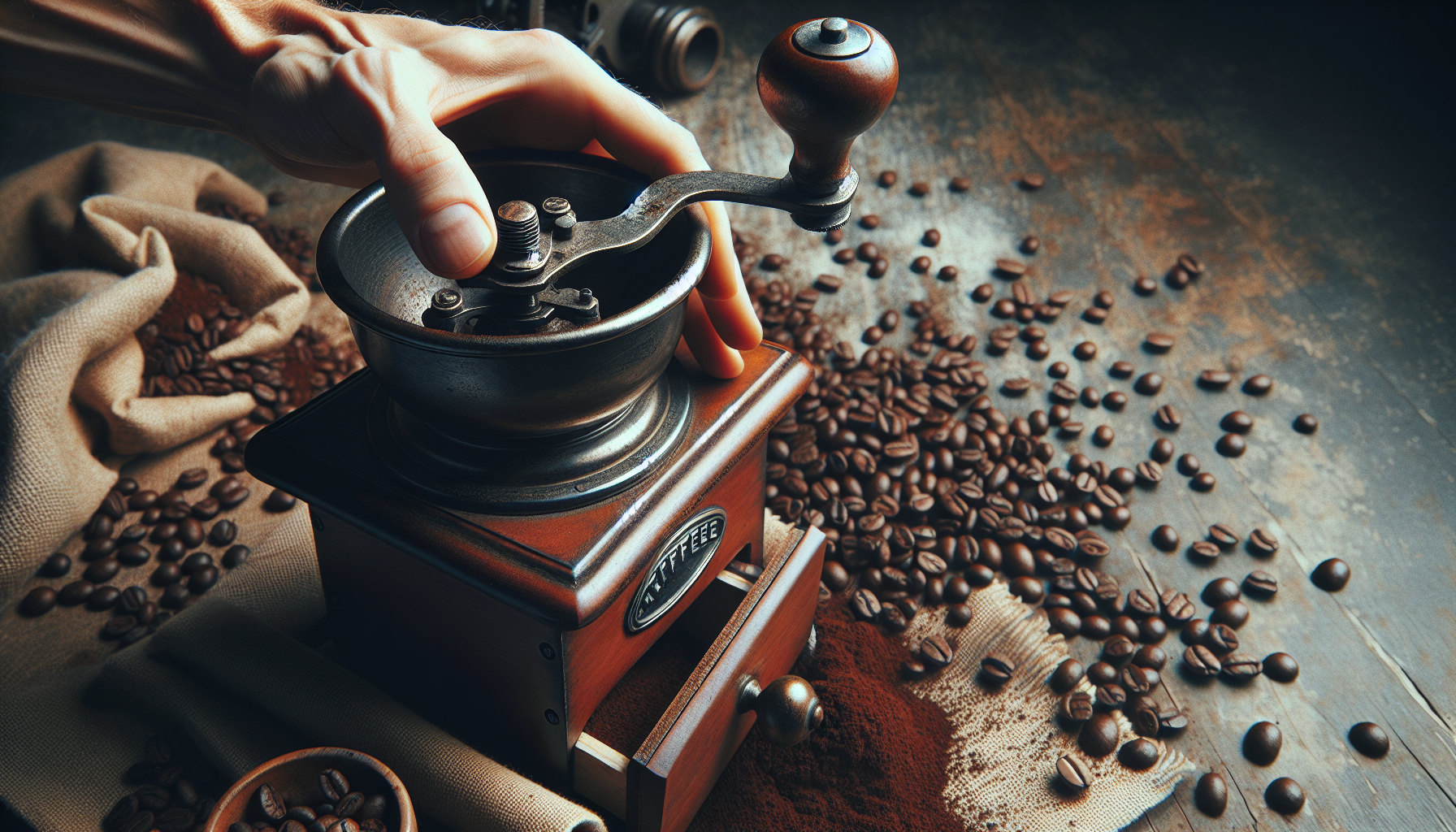Imagine waking up on a lazy weekend morning, craving a cup of freshly brewed coffee to kickstart your day. But alas, you find yourself without a coffee grinder! Don’t fret, because in this article, we explore the possibility of grinding coffee beans manually. Whether you’re seeking a rustic coffee experience or simply want to experiment with a new method, we’ll guide you through the steps of this hands-on process. So grab a mug and let’s embark on a journey of transforming whole coffee beans into a perfectly ground cup of java – all done by the power of your own two hands.
Can You Grind Coffee Beans Manually?
If you’re a coffee lover who appreciates the freshest cup of joe possible, you may have wondered if it’s possible to grind coffee beans manually. The answer is yes! In fact, using a manual coffee grinder can not only enhance the flavor and aroma of your coffee but also give you a sense of satisfaction as you take control of the grinding process. In this article, we will delve into the world of manual coffee grinding, exploring its benefits, techniques, and tips to help you achieve the perfect grind every time.

CHECK OUT COFFEE GRINDERS ON AMAZON
Using a Manual Coffee Grinder
A manual coffee grinder consists of a handle, a chamber for the coffee beans, and a set of burrs or blades to grind the beans. Unlike electric grinders, which rely on motors, manual coffee grinders require the power of your own hands to grind the beans. This means that you have complete control over the speed, consistency, and fineness of the grind. It also allows you to enjoy a quiet and meditative experience while preparing your coffee.
Benefits of Manual Coffee Grinding
There are several benefits to grinding your coffee beans manually. Firstly, the flavor and aroma of the coffee are greatly enhanced. The manual grinding process ensures that the oils and flavors are fully extracted, resulting in a richer and more nuanced taste. Additionally, manual grinding allows you to customize the grind size to suit your brewing method, whether it’s a coarse grind for a French press or a fine grind for an espresso machine. Manual grinding also gives you the opportunity to appreciate the craftsmanship and artistry involved in preparing a cup of coffee.
Choosing the Right Coffee Beans
To achieve the best results when grinding coffee manually, it’s important to start with high-quality coffee beans. Look for beans that have been recently roasted and are of a single origin or a blend that matches your personal taste preferences. The type of coffee beans you choose will greatly influence the flavor profile of your cup of coffee, so take the time to explore different options and find your favorite.
Preparing the Coffee Beans
Before you begin grinding, it’s essential to prepare the coffee beans properly. Start by weighing out the desired amount of beans based on the number of cups you plan to brew. This will ensure consistency in each batch. Next, inspect the beans for any defects or foreign objects that may have found their way into the bag. Finally, give the beans a quick rinse and pat them dry to remove any excess moisture that could affect the grinding process.
Grinding Techniques
When it comes to grinding coffee manually, there are several techniques you can employ. The most common method is the back-and-forth motion, where you hold the grinder with one hand and use the other to turn the handle in clockwise and counterclockwise motions. This technique allows for a consistent grind and gives you control over the speed and pressure applied to the beans. Another technique is the circular motion, where you rotate the grinder handle in a circular motion. This method is often used for coarser grinds and can help achieve a more even grind.
Adjusting the Grinding Size
One of the advantages of grinding coffee manually is the ability to adjust the grind size to suit your brewing method. Most manual coffee grinders have a dial or knob that allows you to change the distance between the burrs or blades, resulting in a finer or coarser grind. Experiment with different settings to find the ideal grind size for your preferred brewing method. Remember that a finer grind is generally used for espresso, while a coarser grind is preferred for methods such as French press or cold brew.
How Long Should You Grind?
The duration of the grinding process depends on the desired grind size and the strength of your arm. As a general rule of thumb, it’s best to grind in short bursts of 10-15 seconds to prevent the beans from overheating and releasing unwanted flavors. For a finer grind, you may need to grind for a longer period, while a coarser grind may require less time. It’s important to find the right balance between the desired grind size and the optimal brewing time for your coffee.
Maintaining Your Manual Grinder
To keep your manual coffee grinder in optimal condition, regular maintenance is necessary. After each use, remove any leftover coffee grounds from the chamber and clean the burrs or blades with a brush or damp cloth. Avoid using water or liquid cleaning agents, as it can damage the grinder. Keep the grinder stored in a cool and dry place when not in use to prevent any moisture buildup. With proper care and maintenance, your manual grinder will continue to provide you with deliciously fresh coffee for years to come.
CHECK OUT COFFEE GRINDERS ON AMAZON
Tips for Optimal Manual Grinding
To ensure a successful manual grinding experience, here are some tips to keep in mind:
-
Grind in small batches: It’s best to grind only the amount of coffee you plan to use immediately to preserve freshness and flavor.
-
Keep a steady rhythm: Find a comfortable rhythm and pace while grinding to maintain consistency in the grind size.
-
Use a countertop or table for stability: Place your manual grinder on a sturdy surface to prevent it from moving or shaking while grinding.
-
Experiment with grind sizes: Don’t be afraid to experiment with different grind sizes to discover how they affect the taste and extraction of your coffee.
-
Practice patience: Grinding coffee manually takes time and effort, so embrace the process and enjoy the journey towards the perfect cup of coffee.
Alternative Methods for Grinding Coffee Beans
While manual grinding offers a unique and rewarding experience, there are alternative methods for grinding coffee beans if you don’t have access to a manual grinder. One option is using a blade grinder, which is an electric grinder that uses blades to chop the beans into smaller pieces. While this method can be convenient, it often results in an inconsistent grind. Another option is purchasing pre-ground coffee, but be aware that this may sacrifice some of the freshness and flavor compared to grinding your beans just before brewing.
In conclusion, grinding coffee beans manually is not only possible but also a highly enjoyable and rewarding experience. With the ability to customize the grind size, extract the full flavors of your coffee beans, and appreciate the artistry behind a perfect cup of joe, manual coffee grinding is a fantastic way to enhance your coffee routine. So why not give it a try and embark on a delicious journey of manual coffee grinding? Your taste buds will thank you!

